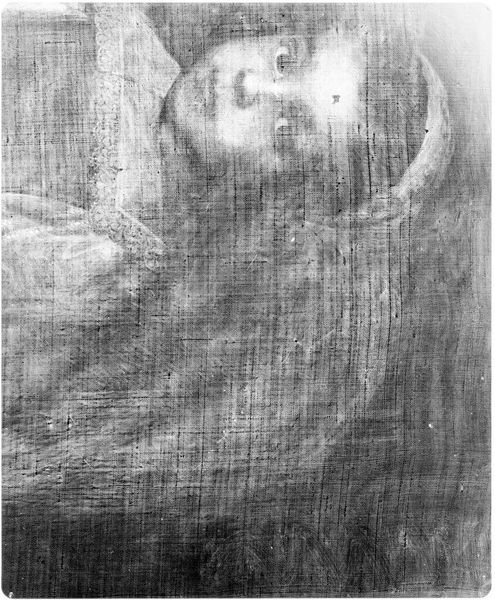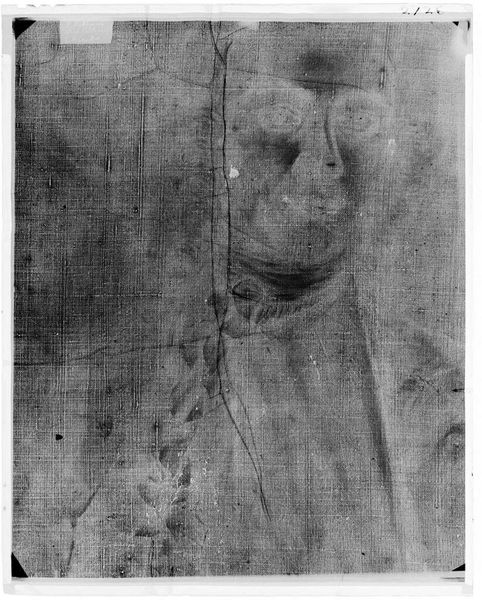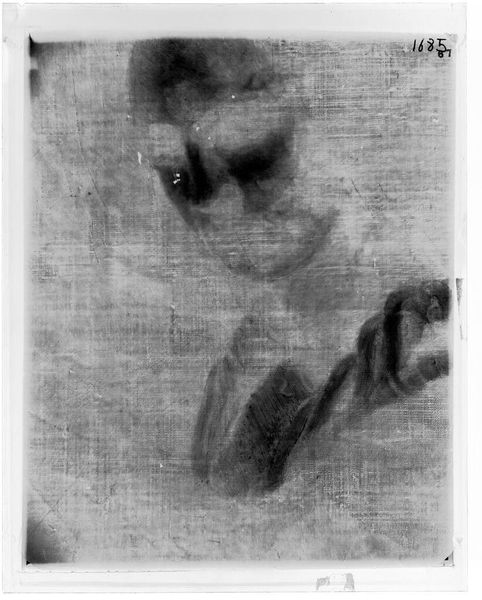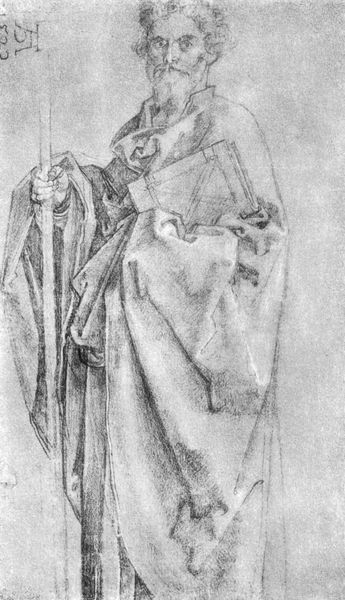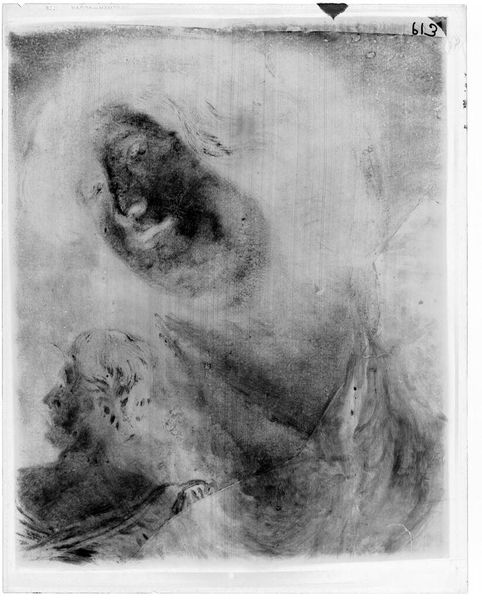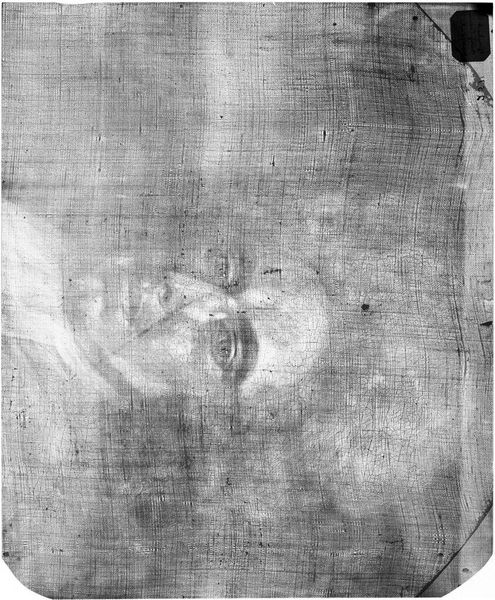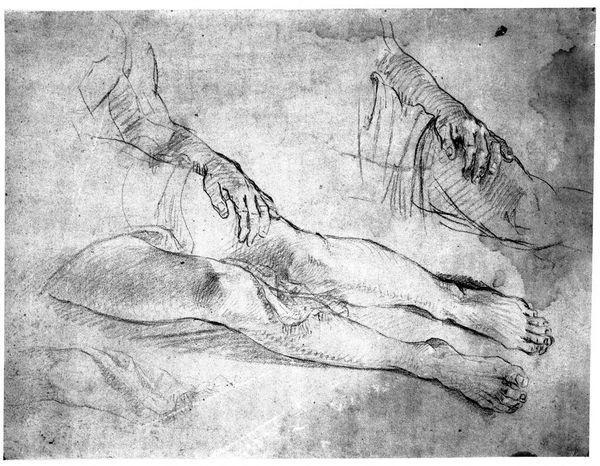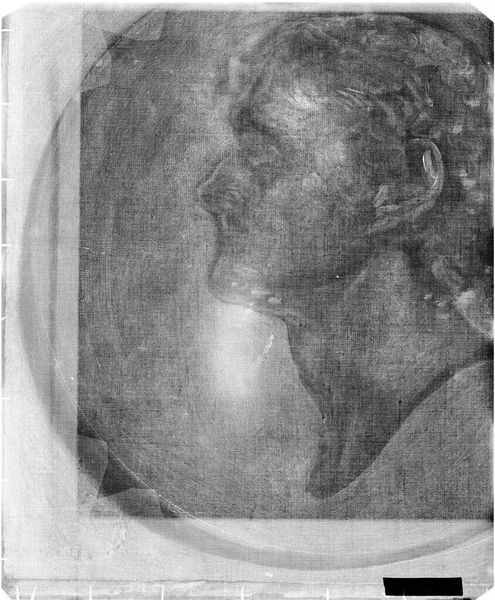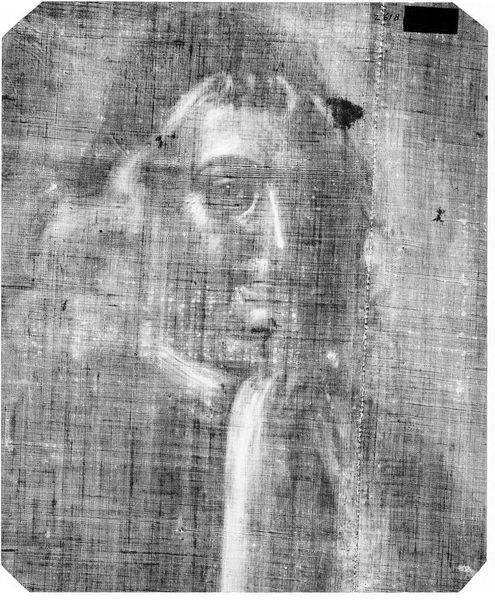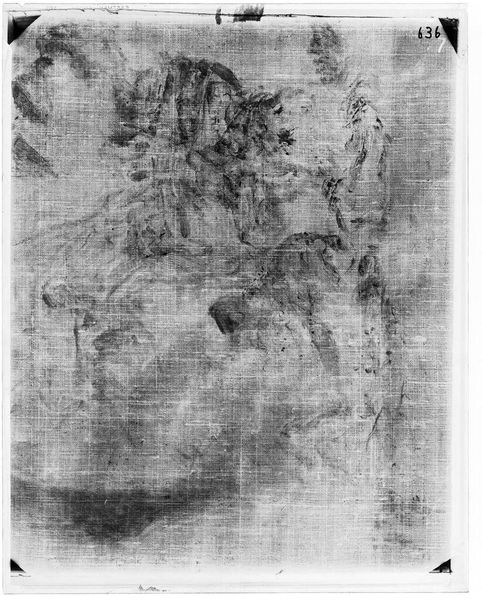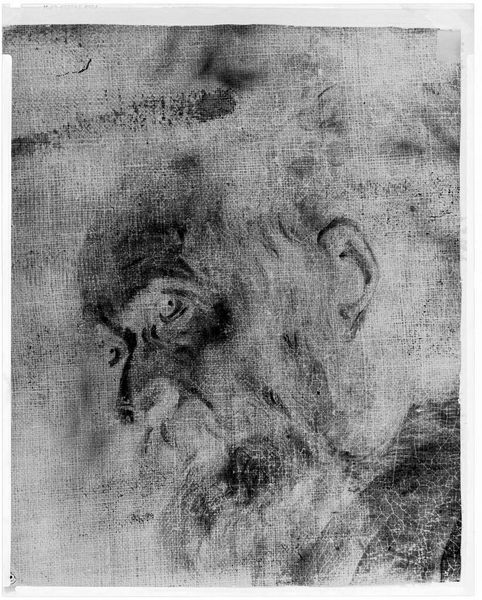
drawing, graphite
#
portrait
#
drawing
#
pencil sketch
#
charcoal drawing
#
figuration
#
11_renaissance
#
pencil drawing
#
graphite
#
northern-renaissance
#
charcoal
#
graphite
Copyright: Public domain
Editor: This drawing, "Head of an Apostle," from 1508 by Albrecht Dürer, rendered in graphite, has such intensity. It’s mostly the upward gaze that gets to me. What do you make of this work? Curator: It’s interesting you pick up on that gaze. I see this drawing very much within the context of the Northern Renaissance and the heightened interest in humanism at the time. Artists like Dürer were deeply invested in portraying human emotion and individuality, shifting away from purely symbolic representations. What purpose do you think this sketch might have had, considering Dürer's other projects? Editor: Well, the "apostle" suggests a religious commission perhaps? I see hints of that drama. Curator: Exactly. Dürer was preparing for the Heller Altarpiece. These studies of figures, particularly their heads, allowed him to experiment with different emotional expressions and poses, essentially humanizing these religious figures for a broader public that engaged with imagery, shaping not only artistic interpretation, but theological understanding itself. Notice the details – the lines etched around the eye. This isn’t just about technique; it's about communicating complex emotions. Does knowing this alter your understanding? Editor: It really does! Seeing it as part of a larger work in progress, experimenting with expression. The drawing now seems less a portrait and more of a study of the psychological effect that the complete altarpiece was meant to achieve. Curator: Precisely. Dürer's drawings provided a direct engagement with religious narratives and shaped public interpretation, demonstrating art’s integral role in societal and political conversations. Editor: That gives me a new perspective. I always approached Dürer from his technical brilliance but I appreciate that there is a larger social and political dimension, too.
Comments
No comments
Be the first to comment and join the conversation on the ultimate creative platform.

